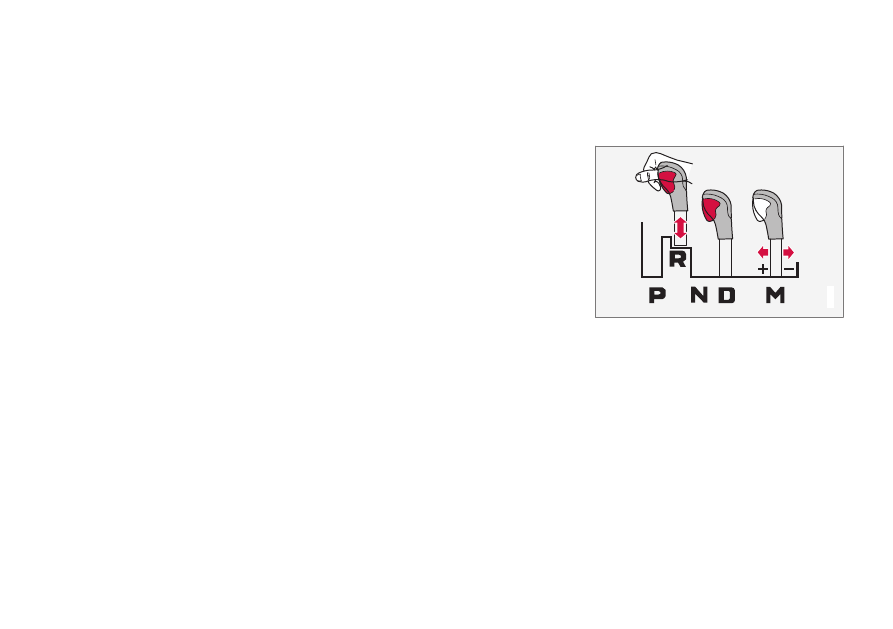Volvo V40 Cross Country (2018 year). Instruction - part 16

STARTING AND DRIVING
}}
277
The gearbox "winter mode" means that the car
moves off with a lower engine speed and
reduced engine power on the drive wheels.
Kick-down
When the accelerator pedal is pressed all the
way to the floor (beyond the position normally
regarded as full acceleration) a lower gear is
immediately engaged. This is known as kick-
down.
If the accelerator is released from the kick-down
position, the gearbox automatically changes up.
Kick-down is used when maximum acceleration
is needed, such as for overtaking.
Safety function
To prevent overrevving the engine, the gearbox
control program has a protective downshift inhibi-
tor which prevents the kick-down function.
Geartronic does not permit downshifting/kick-
down which would result in an engine speed high
enough to damage the engine. Nothing happens
if the driver still tries to shift down in this way at
high engine speed – the original gear remains
engaged.
When kick-down is activated the car can change
one or more gears at a time depending on
engine speed. The car changes up when the
engine reaches its maximum speed in order to
prevent damage to the engine.
Towing
If the car has to be towed - see important infor-
mation in the section Towing (p. 311).
Related information
•
Transmission fluid - grade and volume
(p. 394)
•
Gear selector inhibitor
There are two different types of gear selector
inhibitor - mechanical and automatic.
Mechanical gear selector inhibitor
G021351
The gear selector can be moved forward and
back freely between N and D. Other positions are
locked with a latch that is released with the inhib-
itor button on the gear selector.
With the inhibitor button depressed the lever can
be moved forwards or backwards between P, R,
N and D.
Automatic gear selector inhibitor
The automatic gearbox has special safety sys-
tems:
Parking position (P)
Stationary car with engine running: